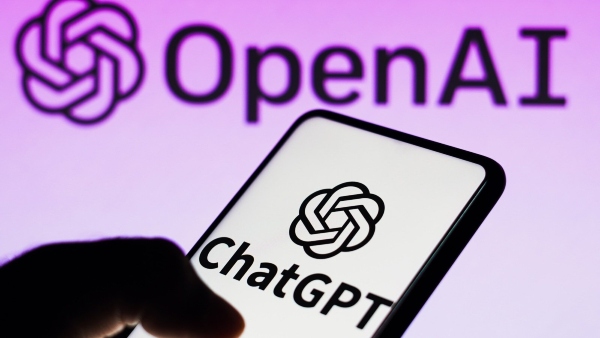OpenAI’s ChatGPT can write, rewrite, paraphrase any text prompted to it. While AI generated content saves time for many, the tool is also infamous when it comes to students and learning. Since its inception, OpenAI’s ChatGPT has been a topic of concern. The debate about students using artificial intelligence for cheating has been widespread. But what if OpenAI says that there is a way to detect texts written by its artificial intelligence? OpenAI has a method that can detect when someone is using ChatGPT to write. According to the Wall Street Journal, the saviour tool has been ready to be released for about a year now. But it looks like OpenAI is not ready to show the green light just yet.
The report suggests that the delay in releasing this tool is solely to attract and retain users. One survey the company conducted of loyal ChatGPT users found nearly a third would be turned off by the anti-cheating technology. The Center for Democracy and Technology, a technology policy non-profit organisation, also found that 59 per cent of middle- and high-school teachers were sure some students had used AI to help with schoolwork, up 17 points from the prior school year.
Wall Street Journal report quoted an OpenAI spokesperson, who said that the decision to keep the anti-cheating tool under wraps is because it has a few risk factors and is complex. The launch will likely impact the broader ecosystem beyond OpenAI, given the complexities.
OpenAI’s anti-cheating tool modifies the way ChatGPT selects words or word fragments (tokens) to generate text. This modification would introduce a subtle pattern, known as a watermark, into the generated text, allowing for detection of potential cheating or misuse.
The watermarks, though undetectable to humans, would be recognisable by OpenAI’s detection technology. It assigns a score to indicate the likelihood that a document or section was generated by ChatGPT. This score would serve as an indicator of the probability that the content was created by the AI model.
Internal documents reveal that the watermarking technique is nearly flawless, achieving a 99.9 per cent effectiveness rate. But this flawlessness is only when ChatGPT produces a substantial amount of new text, enabling accurate identification of AI-generated content.
Even then, the concerns that the watermarks can be erased through other techniques like having Google Translate the text into another language and then back, or having ChatGPT add emojis to the text and then manually deleting them stand tall.
But the primary issue, as per the report, is, if and when released, who should be able to use the tool. If too few people have it, the tool wouldn’t be useful. If too many get access, bad actors might decipher the company’s watermarking technique.
But this is just for the text. OpenAI has released the AI detection tool when it comes to images and audios.OpenAI has focused on developing watermarking technologies for audio and visual content over text due to the potentially more severe consequences of AI-generated multimedia content, such as deepfakes, compared to text-based content.
Source by: indiatoday
Share:












